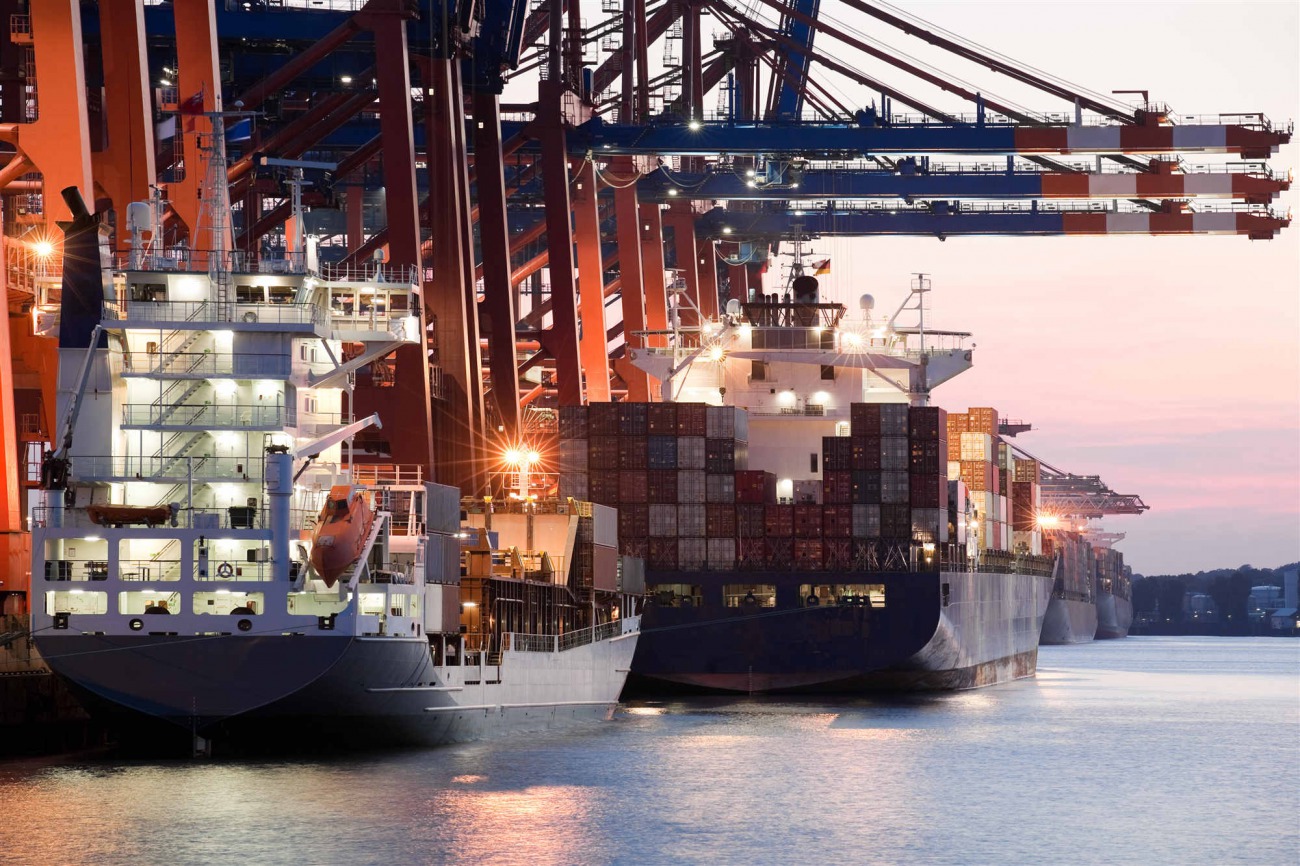A Place for Entrepreneurs to Share and Discover New Stories.
How can international shipping be faster?
To address these challenges, several strategies can be employed to expedite international shipping and enhance its overall velocity.
In today's globalized world, international shipping plays a crucial role in connecting businesses and facilitating global trade. However, delays and inefficiencies in the shipping process can hinder smooth transactions and economic growth. To address these challenges, several strategies can be employed to expedite international shipping and enhance its overall velocity.
1. Streamlining Customs Procedures

Customs clearance is a significant aspect of international shipping, and simplifying this process can significantly reduce shipping time. Governments should invest in advanced customs technologies and procedures to expedite inspections, documentation, and clearance processes. Implementing electronic systems, such as Single Window Platforms, can streamline customs procedures by allowing businesses to submit all necessary documentation electronically, reducing manual paperwork and potential delays.
2. Implementing Efficient Packaging and Labeling

Poor packaging and labeling are common causes of delays in international shipping. By ensuring proper packaging and labeling compliance, shipments are less likely to be held up at customs or face unnecessary inspections. Clear and accurate labels, including essential information such as shipping addresses, product details, and handling instructions, can expedite the sorting and delivery process. Additionally, employing standardized packaging materials and practices can enhance efficiency in handling and transportation.
3. Leveraging Technology and Automation
Advancements in technology have revolutionized the shipping industry. By embracing automation and digital solutions, international shipping can be faster and more efficient. Automated cargo tracking systems enable real-time monitoring of shipments, allowing for proactive problem-solving and improved decision-making. Robotic automation can streamline warehouse operations, reducing manual labor and minimizing handling time. Embracing digital tools, such as online platforms for documentation, communication, and payment, can also expedite the overall shipping process.
4. Collaboration and Partnership
In the global shipping industry, collaboration between stakeholders is crucial for enhanced efficiency. Shipping companies, customs authorities, and government agencies should work together to establish standardized processes and regulations, reducing duplication of efforts and delays. Promoting public-private partnerships can lead to shared resources, knowledge transfer, and effective management of shipping routes, resulting in faster transit times and improved overall efficiency.
5. Infrastructure and Logistics Development
Upgrading transportation infrastructure, including ports, airports, and road networks, is vital for faster international shipping. Governments should invest in expanding and optimizing transportation networks to reduce congestion and enable smoother movement of goods. Enhancing logistics capabilities, such as implementing efficient warehousing systems and synchronized supply chain management, can minimize handling time and maximize operational efficiency.
Conclusion
By implementing strategies such as streamlining customs procedures, improving packaging and labeling, leveraging technology and automation, fostering collaboration, and investing in infrastructure and logistics development, international shipping can be expedited. These initiatives not only enhance the speed of shipping but also stimulate economic growth by facilitating the seamless exchange of goods between nations. It is imperative for governments, industry players, and stakeholders to work together to ensure a smooth and efficient global shipping network.
